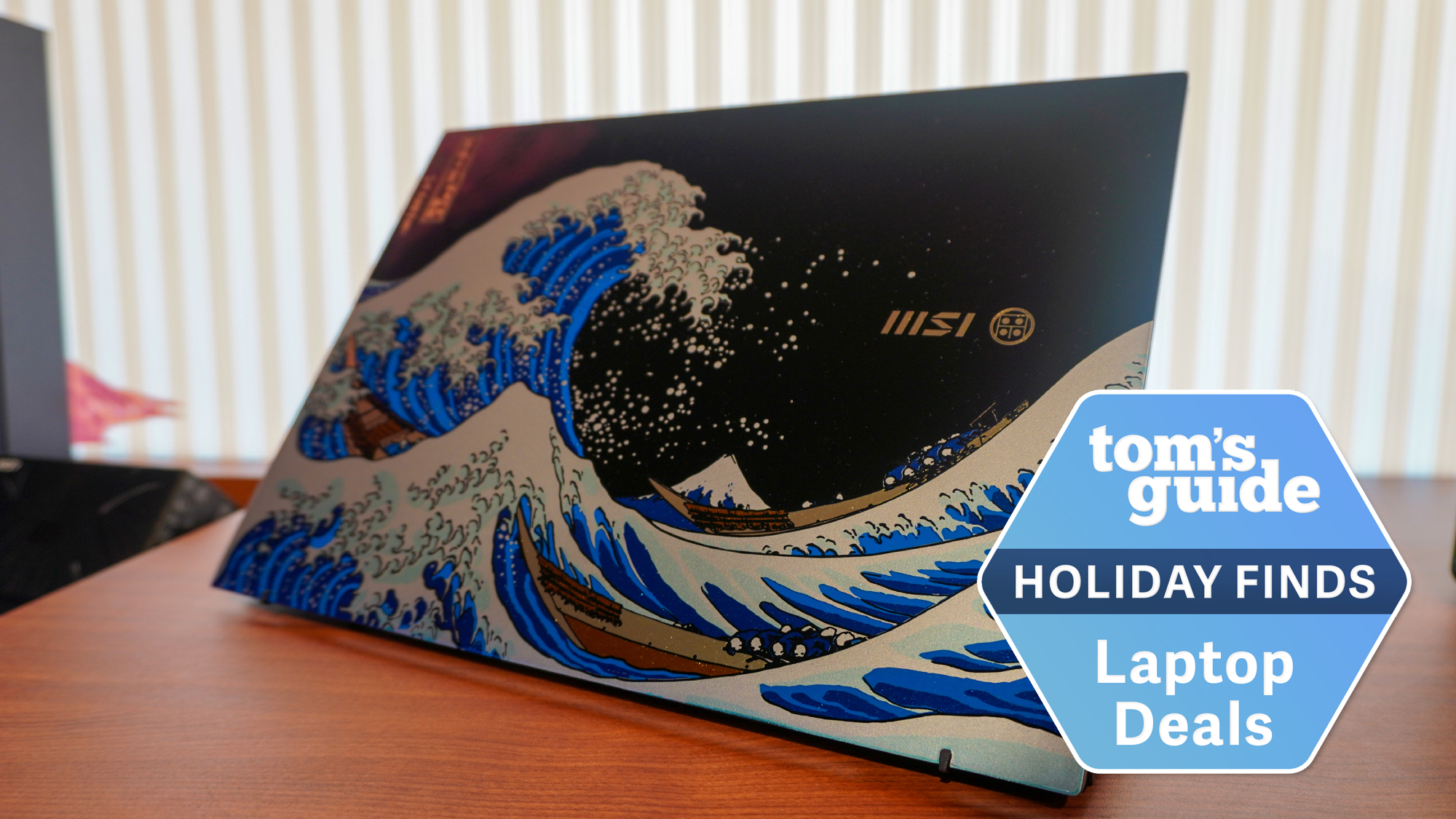Nintendo Switch 2 may lack backwards compatibility — this could be a major problem

Rumors of a Nintendo Switch 2 are once again circulating thanks to a U.K. government report and a somewhat questionable leak spotted on 4Chan. And while gamers should be excited about the possibility of a follow-up to the juggernaut Nintendo Switch console, there is growing speculation that when it comes to backwards compatibility current Switch owners may be left disappointed.
In a recent video, YouTuber ModernVintageGamer explains that a Nintendo Switch successor is far from guaranteed to include full backwards compatibility with its predecessor’s library of games. This is because the current Nintendo Switch (and its iterations the Nintendo Switch Lite and Nintendo Switch OLED) is powered by Nvidia’s Tegra X1 GPU. In 2023, this is a pretty outdated component that cannot hope to match the raw power of the latest hardware like the PS5 and Xbox Series X.
It’s widely expected that a Nintendo Switch 2 would ditch this chip in favor of something significantly more powerful. But ModernVintageGamer argues that this would create a serious backwards compatibility headache for the gaming titan.
“If Nintendo is to move away from the Tegra X1, which we all feel strongly that they will probably do, current Switch games won’t work on new hardware, that is without recompiling the games to target that hardware,” the YouTuber suggests in their latest video on the rumored console.
Of course, Nintendo could emulate the Tegra X1 chip in a Nintendo Switch 2, or even include it as a co-processor, but these potential solutions come with their own challenges and limitations. Not to mention, the latter would almost certainly increase the console’s retail price, and that may be something that Nintendo is eager to avoid as it will likely want to pitch the Nintendo Switch 2 at a competitive price point.
It’s important to note, that this is all just theoretical speculation; to date the Nintendo Switch 2 hasn’t even been officially confirmed, much less its backwards compatibility features detailed. But it is interesting to look at the potential problems that Nintendo will have to solve in order to release a Switch follow-up that doesn’t leave all of the best Nintendo Switch games stranded on hardware that is now approaching six years old.
Does Nintendo Switch 2 need backwards compatibility?

Exactly how necessary it is for the Nintendo Switch 2 to be backwards compatible is a tricky question to ask — and the answer primarily comes down to the wants of each individual user. However, personally, I’d argue it’s a pretty crucial feature and if the next Switch ends up lacking in this area it makes the prospect of early adoption significantly less appealing.
Get instant access to breaking news, the hottest reviews, great deals and helpful tips.
Naturally, if and when new hardware hits the market, its library of available games is typically fairly small and then grows over time. However, full backwards compatibility allows gamers to revisit or catch up on old favorites while new software is slowly released over time, ensuring you've always got something worthwhile to play.
A great example of this is the launch of the PS5 and Xbox Series X in November 2020. Neither console launched with a lineup of especially compelling next-gen games, but both offered full backwards compatibility giving day-one owners the choice of thousands of games to play from the very start. Not to mention many PS4 and Xbox One games were updated to take advantage of next-gen hardware.
Comprehensive backwards compatibility also ensures that must-play games don’t end up locked to a single system. It would be a great shame to see the likes of The Legend of Zelda: Breath of the Wild, Mario Odyssey and Metroid Dread forever stuck on the original Nintendo Switch, and not easily accessible to new players who pick up a Nintendo Switch 2 later down the line.
Then there’s the financial aspect, dedicated Nintendo Switch owners have likely invested thousands of dollars in their current library of games. It would surely be hard to swallow leaving that behind and moving over to a new ecosystem only to have to start from scratch all over again. In fact, a lack of backwards compatibility could prevent some of Nintendo’s most dedicated players from adopting a new Switch right out of the gate, which would be less than ideal.
Right now, we’re eagerly awaiting concrete news of the Nintendo Switch 2. And while we can’t wait to see what new games will look like on more powerful Switch hardware, hopefully, Nintendo will ensure that the current Switch library isn’t forgotten about either. For many, including myself, backwards compatibility is more than just a minor convenience, it’s a necessary inclusion.
More from Tom's Guide
- Nintendo Switch 2 — rumors and everything we know so far
- 7 upgrades I want from the Nintendo Switch 2
- Nintendo Switch OLED vs. Nintendo Switch vs. Switch Lite

Rory is a Senior Entertainment Editor at Tom’s Guide based in the UK. He covers a wide range of topics but with a particular focus on gaming and streaming. When he’s not reviewing the latest games, searching for hidden gems on Netflix, or writing hot takes on new gaming hardware, TV shows and movies, he can be found attending music festivals and getting far too emotionally invested in his favorite football team.
